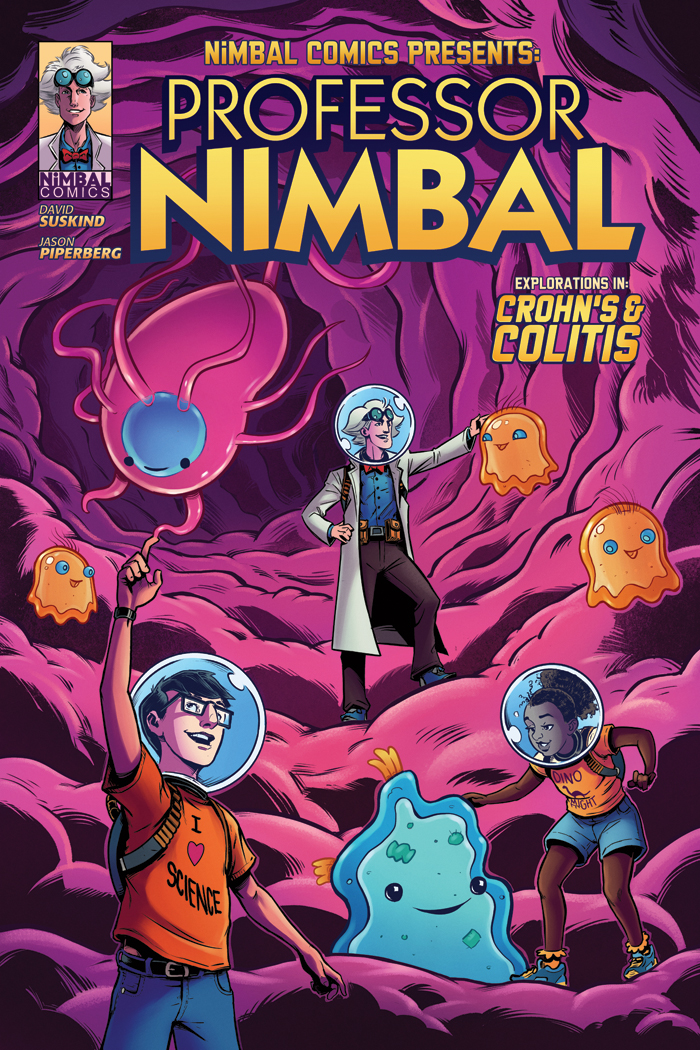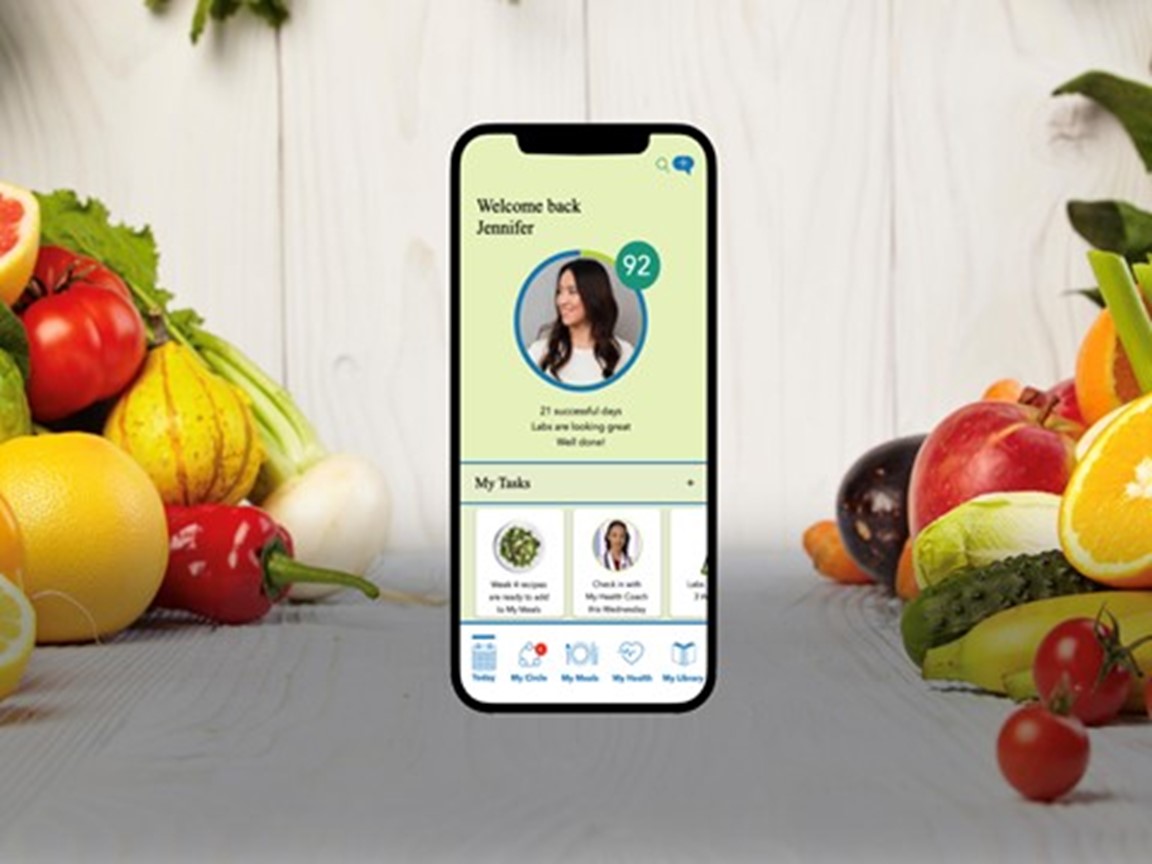Is the SCD Right for You?
How to determine
The specific carbohydrate diet (SCD) works with amazing end results for our patients. At Seattle Children’s, we have seen great improvement and, for some, the disappearance of symptoms altogether. Other patients have experienced little or no improvement; it has not worked for everybody. While following the diet, some of my patients have been able to get off medications, while others continue to use the SCD in conjunction with their medical therapy. Many unanswered questions remain about how to integrate the SCD into one’s treatment plan. I am hoping that this book will be the first step in clarifying how to use the diet to assure the best outcome for your child.
Do I recommend the SCD for everyone? The answer is a simple no. Whenever a decision on treatment is made for anyone, we always weigh the potential risks and benefits. What may be the right choice for one child is not always the right choice for another! This includes the SCD.
The SCD itself has no direct side effects, it is a nutritionally balanced diet. There are, however, logistical issues with starting a new eating plan that you may want to review with your family before starting the diet. It is also important, if you are a caregiver, to be vigilant about how your child is doing on the diet. Patients and their families can get so engrossed in following the SCD that they lose sight of the symptoms it is trying to treat. If the SCD doesn’t work (for example, if your child isn't eating the new foods you are providing to him/her/them) and disease activity goes unchecked, there can be serious negative consequences.
Determining if the SCD is right for your child is a personal decision that should always involve discussions with your healthcare provider and family. I use a number of criteria to help determine eligibility; this depends on the type of disease and the severity of the symptoms.
It takes sustained commitment
Outside of disease activity, there are other reasons to consider non-dietary treatments. The first and foremost reason is that the SCD requires complete buy-in from all people involved—patients and family included. If compliance on the diet is not 100%, the patient is far less likely to enter remission. The second issue to consider is time and energy; the family has to have enough of both to comply fully with the diet and integrate it into their life. It takes a lot of preparation to make sure that this diet works. This means buying the right foods and preparing them. We estimate that an extra half day a week is needed to assure that the proper foods are obtained and prepped/cooked. The last major issue is time for improvement. The changes with SCD don’t always come overnight so time and patience are an integral part of the healing process.
If you have read through this and you think you want to move forward with the SCD, make sure you have discussed the option with your gastroenterologist. It is so important to have a team approach to your health. Many gastroenterologists may be skeptical at first because experience within the medical establishment with the SCD is lacking and there is not years of scientific data to prove to physicians that this diet works. But given time, there will be. We and other healthcare providers and researchers are working to prove the benefits of this diet. Each patient who benefits from the diet helps transform the medical landscape and this change will improve your gastroenterologist’s perspective on the SCD.
The most important thing, whether your child is on the SCD or not, is that they are doing well. Their care has to be a team effort. Your gastroenterologist is a key part of that team. People, whether we are parents, patients, or healthcare practitioners, are all biased. We need to make sure our biases don’t blind us from making appropriate healthcare choices. Making sure you properly discuss the benefits and risks of any therapy is key. We cannot reliably predict who will improve on this diet and who won’t. Therefore, proper follow-up is crucial in ensuring that your child does well.
What about ulcerative colitis? What would make me not suggest the SCD? The key is the severity of symptoms. If a patient needs hospitalization, a blood transfusion, or has a pediatric ulcerative colitis activity index (PUCAI) greater than 60 (which indicates severe disease), I would not consider the SCD as a primary therapy.
The PUCAI is a score that is standardized and validated to assess disease activity in pediatric ulcerative colitis. It looks at clinical symptoms and can be a very helpful way to follow disease activity. It includes such factors as the number of stools per day, presence of blood in the stool, nighttime defecation patterns, abdominal pain, and well being/activity level. The higher the number, the more severe the disease. And the more severe the disease, the more important it is to quickly get a patient into remission and treat with medications.
In the case of Crohn’s disease, a patient with stricturing disease, severe perianal disease, abscess, or fistula formation should not rely on diet therapy alone as treatment. I don’t recommend SCD as the sole therapy for patients if they are experiencing severe symptoms of abdominal pain and diarrhea, or their pediatric Crohn’s disease activity index (PCDAI) is greater than 65 . In these situations, I often use concomitant medications to assure disease activity is completely under control. Additionally, if children are failing to thrive or have stunted growth, especially if they are in their preteen or teen years (typically a time of rapid physiological growth), a primary treatment should be used in conjunction with the SCD, like exclusive enteral nutrition (EEN).
When there are concerns among Crohn’s patients that nutritional needs are not being met, exclusive enteral nutrition (EEN) is a great option. This is a 100% formula-based nutrition, meaning that no other foods or drinks are allowed other than water. This has been shown to be just as effective as steroids to bring a person into remission and the added benefits include better growth and weight gain. The EEN also has much better intestinal mucosal healing rates than steroids. Although the symptoms improve more quickly with steroids than in EEN, the actual mucosal healing is not as good as with EEN. What does this mean? This means that inflammation is still present, which puts patients at a higher likelihood of relapse or flare. This much higher rate of mucosal healing means that EEN should be used for most people to treat their Crohn’s. The difficulty with EEN is that it takes great commitment from the family and patient, but it works! The EEN is usually continued as the patient’s sole food source for 8 to 12 weeks.
The PCDAI is a good thing for parents to know. It is an index that has been validated and it defines a patient's disease activity. It gives parents and healthcare providers a way to objectively track disease and its severity (i.e., mild, moderate, or severe). This index is made up of clinical, physical, and laboratory criteria. The clinical criteria include abdominal pain, stools per day, and general well-being. The physical criteria include weight, height, abdominal exam, perirectal disease, and extraintestinal manifestations of disease, such as fever, oral ulcers, joint pain, and rash. The laboratory criteria consist of hematocrit, sedimentation rate, and albumin levels (see Table 1). Because a parent or healthcare practitioner often does not have all this information on hand, it may be more helpful to follow the abbreviated PCDAI, which includes information on abdominal pain, well-being, weight, stool, abdominal exam, and extraintestinal manifestations but does not include he laboratory findings (see Table 2).
If patients have these exclusion criteria, it doesn’t mean that they cannot do the SCD diet. It simply means that I would usually recommend the SCD in conjunction with standard medical therapy. Remember, it is always important to weigh the potential benefits and risks alike of any therapy in regards to how it will affect the disease and the severity of symptoms. The SCD can still be integrated into the treatment regimes that require standard medical therapy. Further down the treatment course, once the Crohn’s disease has quieted, one may be able to get off of medical therapy and rely on diet alone. But this has to be decided on a case-by-case basis and the risks and benefits need to be understood.
Let’s look at each of the different exclusionary criteria:
Poor growth. Many children with Crohn’s disease don’t grow normally, affecting both their height and weight. If the height and weight deficiency is significant and the child is in their fast-growing period, it’s important that the child gets into remission in the most effective manner. This is because a growth deficiency in Crohn’s can be permanent. For these children, nutritional therapy in the form of exclusive enteral nutrition (EEN) should be the number-one choice.
Abscess formation or fistulizing disease. These issues need to be corrected using standard therapies. The reason for this is to avoid or lessen the need for surgical intervention, such as drainage and fistulectomy. Given the high likelihood of these symptoms progressing without standard treatment, the SCD by itself is not recommended.
Severe symptoms, or the PCDAI indicates severe disease. It is important not to use the SCD in these cases. Why? Because it is critical that the patient gets better both physically and mentally in an effective, quick manner that has the highest likelihood of success. Does that mean your child can’t do the SCD? Not at all, but I would bring a patient into remission with EEN or medication first. Long-term therapy with the SCD is still a viable option.




